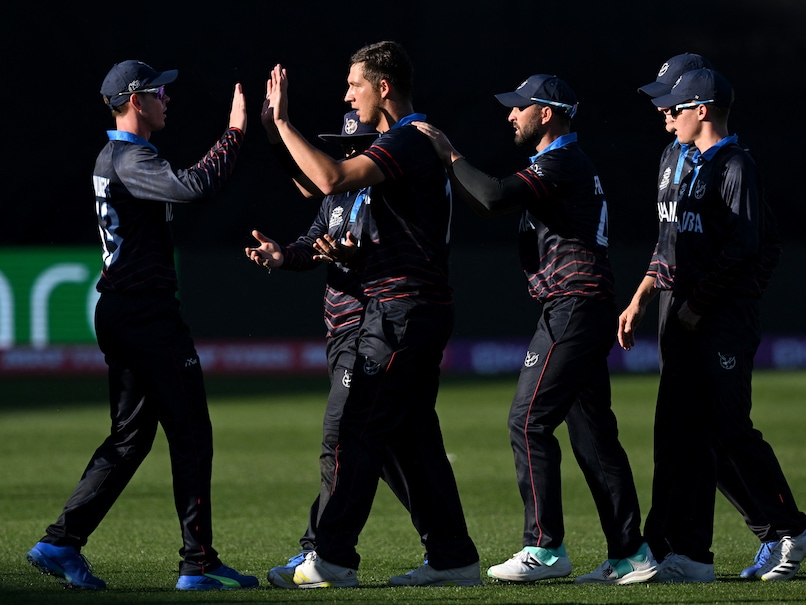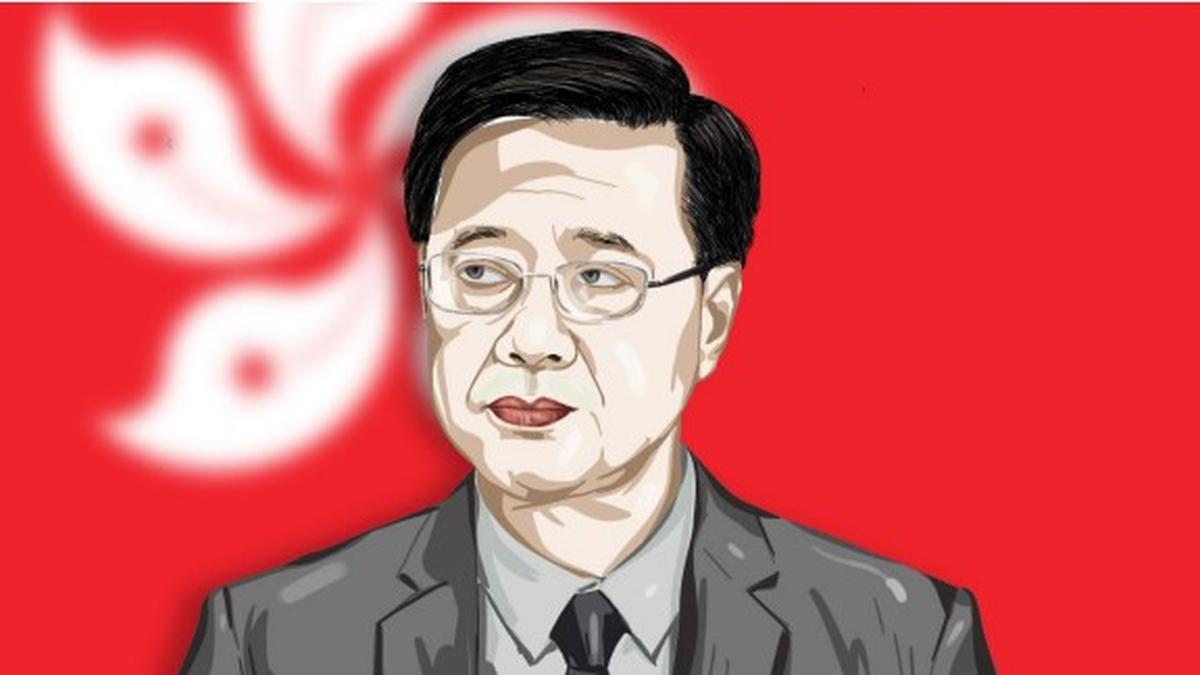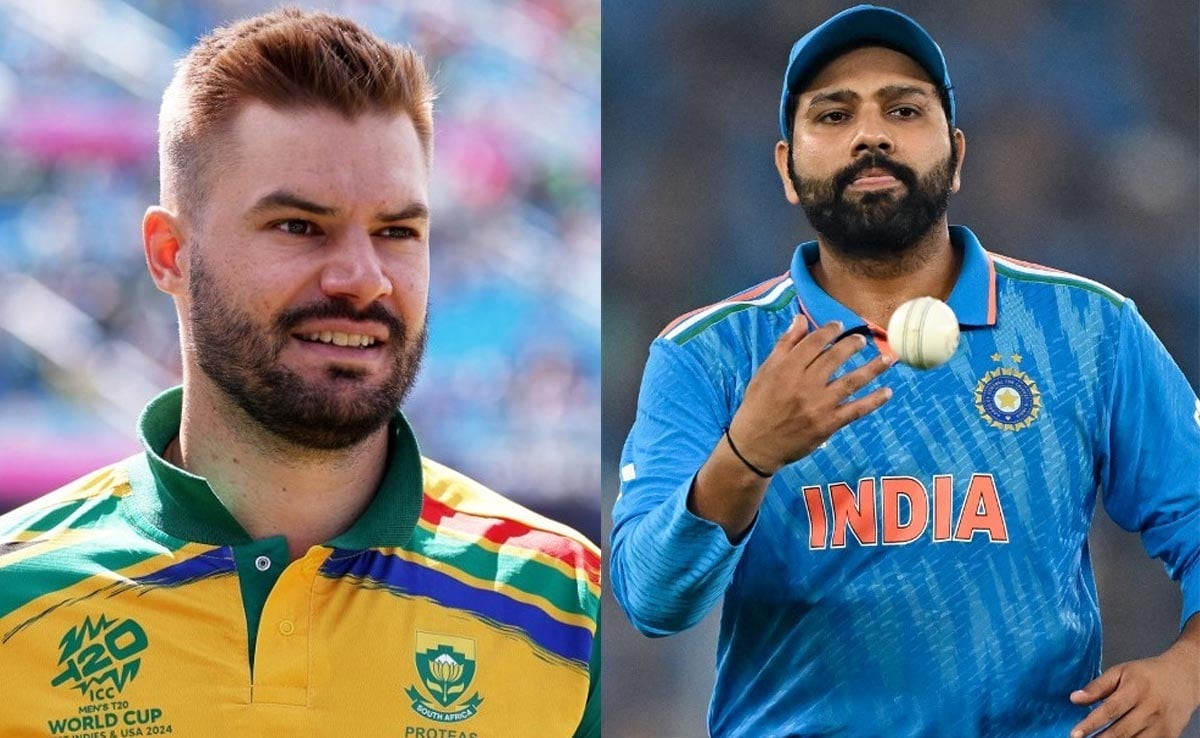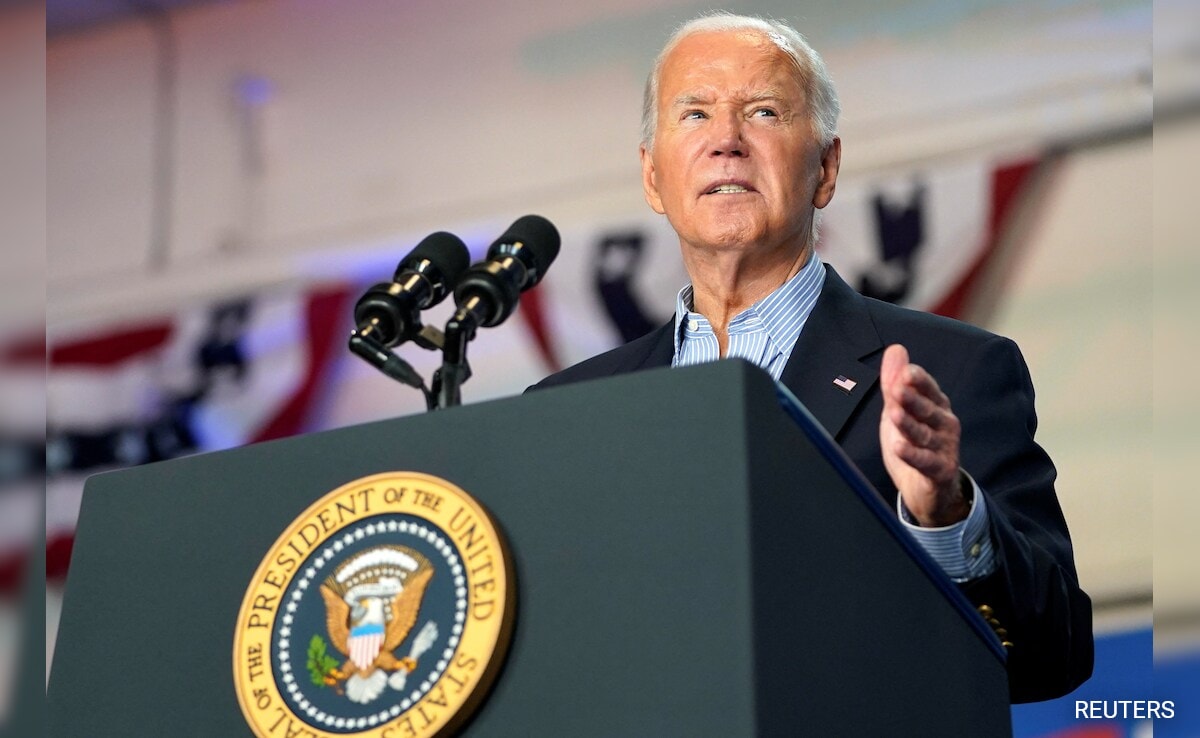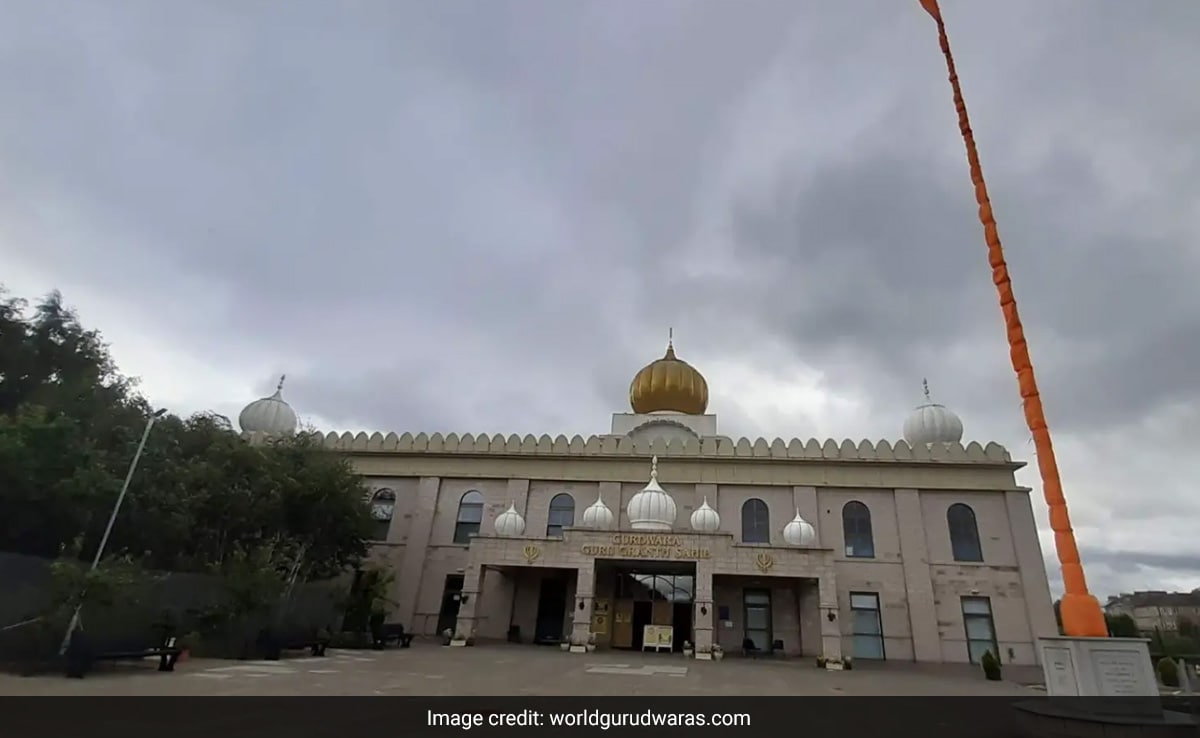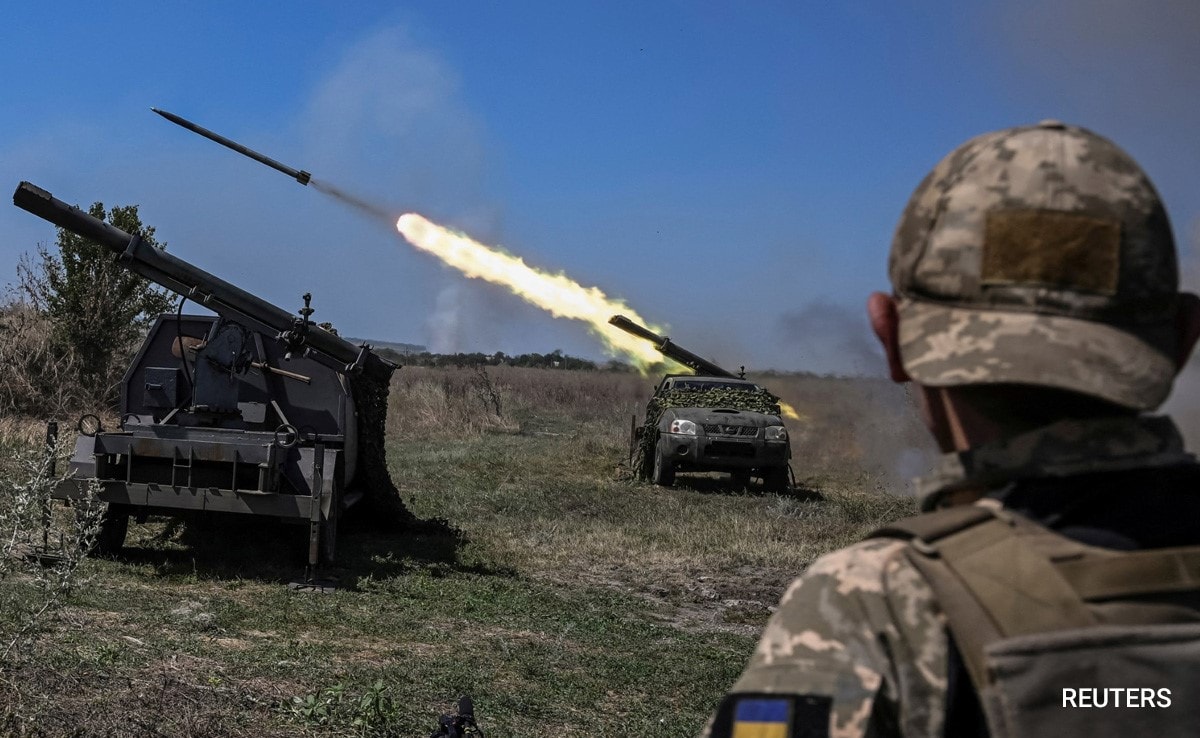Presidential candidates Saeed Jalili, left, and Masoud Pezeshkian in Tehran.
| Photo Credit: AP
Over 20 years ago, Iran’s Supreme Leader Ayatollah Ali Khamenei stood before a crowd at Friday prayers to denounce the U.S. for its disenchanted electorate.
“It is disgraceful for a nation to have a 35% or 40% voter turnout, as happens in some of the nations that you see having presidential elections,” Mr. Khamenei said in 2001. “It is obvious that their people do not trust their political system, that they do not care about it and that they have no hope.”
Iran now faces what he described. Iran will hold a run-off presidential election on Friday, only its second since the 1979 Islamic Revolution, after only 39.9% of its voting public cast a ballot the previous week. Of over 24.5 million votes, more than 1 million ballots were later rejected — typically a sign of people feeling obligated to head to the polls but wanting to reject all the candidates.
Meanwhile, public rage simmers after years of Iran’s economy cratering to new lows, along with bloody crackdowns on dissent, including over the mass protests sparked by the 2022 death of Mahsa Amini after her detention by the country’s morality police allegedly over not wearing her headscarf according to the rules. Tensions with the West remain high as Iran enriches uranium closer than ever to weapons-grade levels.
Now, hard-line former nuclear negotiator Saeed Jalili faces the reformist Masoud Pezeshkian, a heart surgeon who likely needs a widespread turnout to win the presidency. Mr. Pezeshkian’s supporters warn of dark days ahead under Mr. Jalili. Meanwhile, many people are unconvinced that their vote even matters.
Iranian election law requires a candidate to get over 50% of the vote to avoid a run-off. In results released on Saturday, Mr. Pezeshkian got 10.4 million votes while Mr. Jalili received 9.4 million. Parliament speaker Mohammad Bagher Qalibaf came in third with 3.3 million, while Shiite cleric Mostafa Pourmohammadi had over 206,000.



